#ancient cooking
Text
Ancient Recipes: Apricot Dessert (Apicius, De re coquinaria)
Did you know when you Google Apicius, they call him a professional chef?

Given that he was the closest thing Ancient Rome had to Betty Crocker or Martha Stewart, we guess it makes sense. These apricots are a fantastic dessert from De re coquinaria (c. 5th cent. CE), arguably the best-known Ancient Roman cookbook. They likely would have been enjoyed at room temperature, but taste fantastic after being chilled. We make this at every rendition of our Ancient Food Day, and it's always a hit.
Latin: duracina primotica pusilla precoquiis purgas, enucleas, in frigidam mittis; in patina conponis; teres piper mentam siccam; suffundis liquids; adicies mel passum uinum et acetum; refundis in patina super precoquia, olei modicum mittis et lento igni ferueat, cum ferbuerit, amulo obligas, piper aspargis et inferes. (De re coquinaria, 4.177)
Translation (by John Liao): Wash firm, early or small apricots, pit them, and put them in the cold [water]. Arrange them in a pan. Crush pepper and dried mint, pour over liquamen and add honey, passum, wine and vinegar. Pour over the apricots in the pan. Add a little oil and heat on a low flame. Thicken [the sauce] with starch while it simmers. Sprinkle with pepper and serve.
Ingredients
10-12 apricots (pitted and halved if fresh, rehydrated in water overnight if dried)
1 ½-2 tbsp freshly cracked black pepper (plus extra for garnish)
1 tbsp dried mint flakes
1 tsp garum/liquamen (substitute fish sauce if you can't find/make it yourself)
3-4 heaping tbsp of honey
3/4 cup of red wine
3/4 cup of passum (also known as raisin wine. Substitutes can include cranberry juice (less sweet), grape juice (more sweet), or ice wine (if you don’t have to make this for a school event).
1 tsp of vinegar (2 tsp if you're not using passum/alcoholic passum substitute)
1 ½ tbsp of olive oil
½ tsp corn starch
3-4 tbsp cold water
Our Recipe
Soak halved, pitted fresh apricots in cold water for 15 minutes (skip if using rehydrated fruit)
In a wide pan (at least 3 inches deep), lightly toast the black pepper and mint at medium heat until fragrant.
Add the liquids: honey, passum, wine, vinegar, and liquamen. Bring to a simmer and stir until well incorporated, and the honey has dissolved. Continue simmering to cook off the alcohol. If the mixture begins to reduce too much, add water in small amounts.
Once the desired amount of alcohol has been cooked off, add the apricots. Continue simmering until apricots reach your desired texture (usually 8-12 mins).
Remove the apricots from the pan. Mix cornstarch with cold water into a slurry, and add to the remaining liquid. Stir and cook until thick, then pour over reserved apricots. Let cool.
Serve chilled or at room temperature, with fresh black pepper sprinkled on top.
Below, we served them with libum (Roman cheesecake) and statites (Ancient Greek spelt crepes).
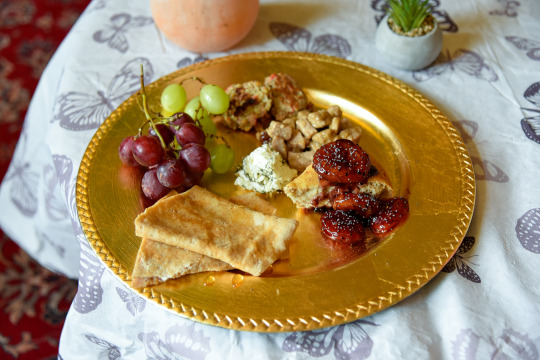
Some more anachronistic ways to serve this can include using it as pie or tart filling, mixing it with Greek yogurt, or serving it with vanilla ice cream while it's still hot (sort of like a poached pear situation).
Some FAQs
Q. "How long do I actually boil the sauce?"
A. As long as you want, depending on how much alcohol you want in the dish (we serve these at school events, so we have to boil it to hell and back to get rid of all the alcohol).
Q. "The ancient recipe says to cook the apricots first, why do you make the sauce first?"
A. When we tried the apricot-first method, the apricots fell apart and turned the whole thing into a jam-like stew because of how long we had to cook the sauce. It tasted great but lacked the nice texture of the whole apricots.
Q. "Can I substitute ingredients 1-1?"
A. Generally, yes. For our passum substitute, we use cranberry juice for its tartness, but any of the three substitutes work. However, if you have the ability to make/buy garum and passum, definitely give it a try!
#the pie version slaps btw i made it for thanksgiving#you just put the apricots and sauce (with cornstarch slurry but no extra cooking) in a blind baked pie shell#and then tuck it into the oven at 375 for about 10 minutes or until the sauce is thick#ancientfoodday#tagamemnon#classics#apicius#ancient rome#classics recipes#cooking#ancient cooking#recipe#ancient history#history#roman history#tagitus
13 notes
·
View notes
Text
youtube
4 notes
·
View notes
Text
HISTORY OF COOKING , खाना पकाने का इतिहास
Cooking has been a part of human records for as long as we've existed as a species. Early humans learned to cook meals over open fires, which helped to make it extra digestible and also killed harmful bacteria.
The earliest evidence of cooking comes from burnt animal bones observed in caves in Africa, which date lower back to round 2 million years ago. Through the years, humans advanced extra state-of-the-art cooking strategies, along with boiling and roasting, and commenced to apply pottery to cook and store food.
As civilizations developed, so did their cuisines. The historic Egyptians, Greeks, and romans all had wonderful culinary traditions, and those have been motivated by the ingredients available of their areas as well as via exchange with other cultures. Read More
0 notes
Text



















you think YOU had a bad day at work?
bonus: sid shrieking "no!!!! NO!!!!!" loud enough to be heard in the stands and on camera
#this is now my FAVOURITE game i've watched in real life knocking the game misconduct one off the number one rank#he was so annoyed the entire game and so annoying about it :')#he kept shrieking away on the bench and i couldn't hear a word from where i was seated#but you could just hear this constant yipping away dhfsgfkjshgfsjf PLEASE it was so funny your 36-year-old babygirl was BARKING#drew kept sitting there like... is mom okay... i don't think mom's okay...#also extremely good for me (since he wasn't really hurt) was the whumpfest of it all oh my god what ancient gods did he anger.........#geno kept Hovering in concern#po kept giving him little shoulder pats the way a sweet brave babyboy would try his best to soothe a rabid little dog#ek of course kept trying to slide right inside him and also kept skating up to him and STARING him in the face in concern/lust/both#also guys this is my first time in canada ever!!!!!!!! i'm excited#anyway. very good game for me sorry for this post but you know i love a#long post#sidney crosby#evgeni malkin#pittsburgh penguins#also!!! to all who celebrate#ramadan kareem/eid mubarak#<333 staying with a friend here through the eid celebration and they've been cooking and everything smells so good
1K notes
·
View notes
Text

When the Sun is Snuffed Out
#idk what i was cooking tbh#anyways. uhh. symbolism#there is symbolism here#idk man#ffxiv#ff14#final fantasy xiv#ffxiv spoilers#shadowbringers#endwalker#azem#ffxiv azem#ffxiv wol#ff14 spoilers#ffxiv the sundering#ffxiv ancients#endwalker spoilers#shadowbringer spoilers#tw blood#cw blood#art#my art#artwork#my artwork#digital art#dreamerx86
200 notes
·
View notes
Text
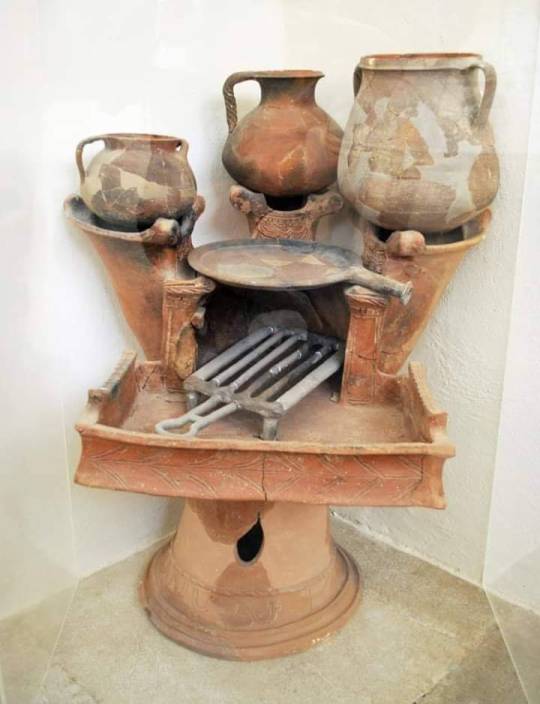
In #Delos, 2500 years ago, there was a kitchen with 3 burners, oven, grill and baking plate. With an extremely impressive design, made of clay, it served the needs of the household like the electric stove today.
👉🏛 Archaeological Museum of Delos!! #Greece
2K notes
·
View notes
Text

Cato's globi for my Latin class, packaged before I can get hungry again.
#ancient rome#cato the elder#ancient recipes#baking#cooking#dessert#my husband and i ate the whole first batch
209 notes
·
View notes
Text



I had some questions about the "Roman Bread" on my Pompeii food post, including what the string that bound the loaves was for and had I ever tried it. I don't tend to like working with wet/slack doughs or sourdough, both of which the Roman bread was, but at the time I did have two loaves of beer bread rising, so I figured I'd try out the string technique. This beer bread is a relatively soft dough that normally bakes inside a pre-heated cast-iron pan in a very hot oven, which is actually similar to how Roman bread would have baked.
[ID: Three photos of a loaf of beer bread; in the first, the unbaked dough is sitting on parchment, bound with a string around the outside and with scoremarks in the top to divide it into wedges. In the second, the baked loaf is resting on a cooling rack, the scoremarks evident but not overly deep; in the third, I am holding the bread by the string around its edge, as it dangles sideways in the air.]
The most widely-held theory is that the string allowed a customer to carry the loaf easily, although bakers have pointed out (and I believe classicists generally agree) that binding the dough also gives it more structure. The loaf definitely stood much taller and baked up "higher" with a binding made from doubled-over butcher's twine than it would have normally. I scored the top with a lame, but the scoring didn't hold as true as I'd have liked; bakers who have done more work with Roman bread generally don't score it this way and instead use a floured dowel to press all the way through the dough and then let it come back together, which is how they believe ancient bakers did it.
Some bakers have said that tying the string around the middle also allows you to rip the loaf lengthwise, splitting top and bottom; mine didn't work super well for that, but I also was working with a stronger crumb, I suspect.
But yeah, all in all, the string is useful if you want to give your loaf more structure and held the bread well enough that I certainly could have carried it around an ancient market if I'd had a mind to.
322 notes
·
View notes
Text
*bolts upright out of an exam induced coma*
Asparaugustus
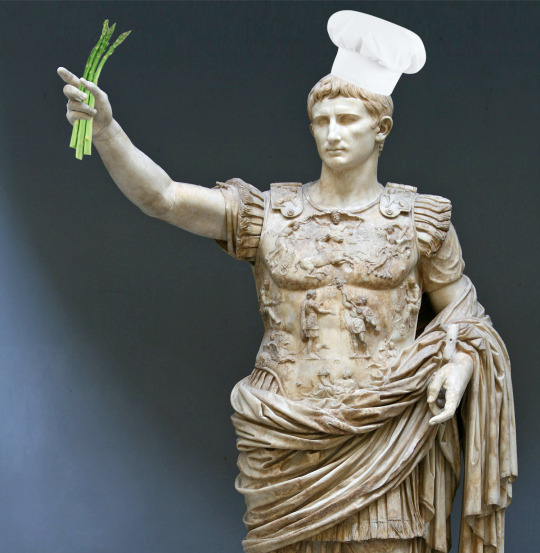
#Im trying to prepare for exams and my brain wont stop chanting "quicker than cooked asparagus' at me#tagamemnon#ancient rome#augustus#classics
646 notes
·
View notes
Text
youtube
Ancient Roman Pork Stew with Red Wine
from Historical Italian Cooking
57 notes
·
View notes
Text
University of Toronto Ancient Food Day
There's nothing university students like more than free food. If you live in the Toronto area and are interested in attending, please come! The event is open to everyone, especially prospective students who want to learn more about our program!

Not only does AFD have free food and amazing company, our recipes are translated by our undergrads studying ancient languages! It's a really fun time and Socrates will NOT be there so you can actually enjoy yourself.
#yes im screaming into the internet void#please come visit us#i will show you our loebs#ancientfoodday#tagamemnon#ancient history#classics#latin#the iliad#history#ancient cooking
8 notes
·
View notes
Text
youtube
Io Saturnalia
2 notes
·
View notes
Text
WHY DO WE COOK FOOD?
Cooking food is a first harmonic activity that has been around since the penetrate of civilization. From the discovery of open fire to the creation of modern-day kitchen appliances, preparation has undefined a long way. Read more
0 notes
Text

Behold: the Biblically Accurate Angel Food Cake!
(Inspired by https://www.instagram.com/p/C3djEWBSA8K/ )
Today was my Second Annual Bad Idea Potluck. I make things that I know are great but can't convince other people to try, and also things that sound horrifying but I'm morbidly curious. Other creations from today:
Chicken and vegetable aspic:

Ham salad:

Tomato Soup Cake, from Dylan Hollis. Voted "most better than it sounds."
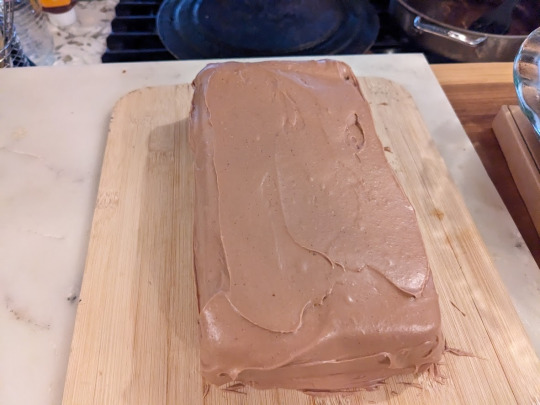
Bean Pie, also from Dylan Hollis:
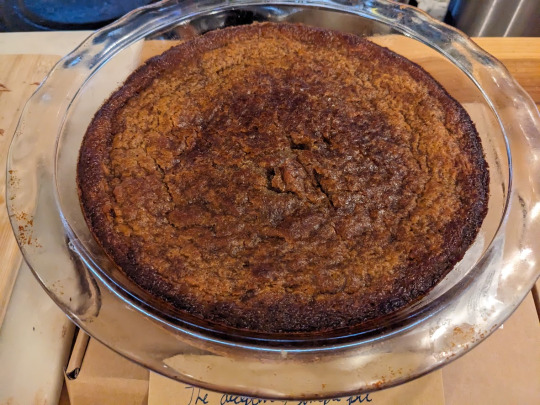
A savory feta cheesecake, with a recipe from Cato:
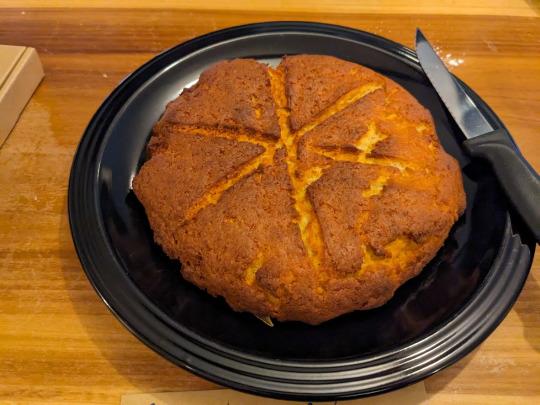
And honeyed mushrooms from Apicius:
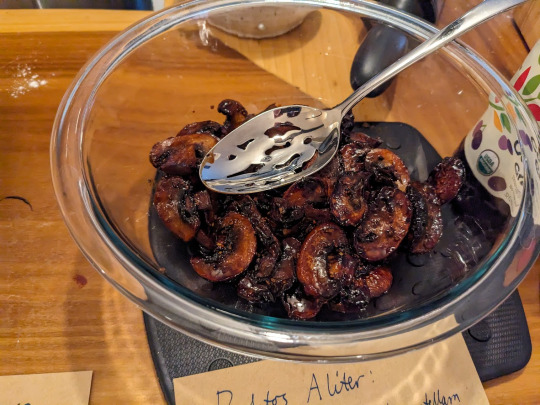
I also made a couple loaves of bread:

Old Fashioned and Manhattan jello shots (Old Fashioned was too strong but the Manhattan was great):
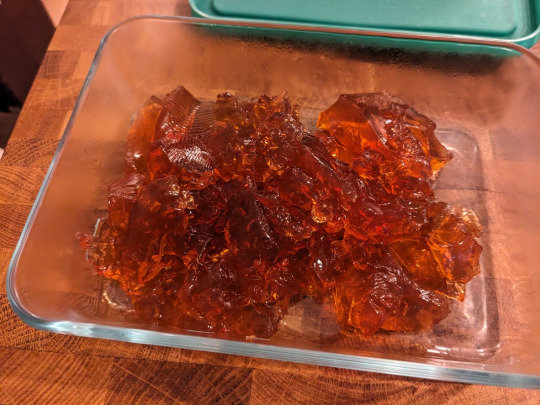
and a bizarre cocktail called the Death Flip (which was truly great, do recommend if you like that sort of thing).
Extremely fun party; will do again.
#food cw#baking#biblically accurate angels#biblically accurate angel food cake#ophanim cake#bad idea potluck#my cooking#ham salad#dylan hollis#tomato soup cake#bean pie#ancient rome#cheesecake#honeyed mushrooms#death flip
40 notes
·
View notes
Text

fanart of @missveryvery’s a biography of the male favorite <33
my favorite fengqing fic!
he’s wearing an ancient chinese cat collar :) it’s thematic :)

#guy that i started in april then got lost on a rabbit hole of ancient chinese cat ownership and abandoned#finally finished him. got to reread the fic too so yayyy#in this fic mu qing is a catboy as a metaphor. its fucking awesome#the lineart is so sharp and smooth on this one. idk what i was cooking#the outfit is from the fic :))#its based. loosely off of whatever google images says is jin dynasty hanfu#tgcf#mu qing#fic#ao3#fic fanart#tian guan ci fu#hob#heaven official’s blessing#fengqing#fic rec#art#my art#tgcf fanart
55 notes
·
View notes
Text
Before Spanish colonization, Mexico’s Zapotecan civilization was an epicenter of food and culture. One chef has made it her mission to revive delicious Zapotecan traditions.
76 notes
·
View notes